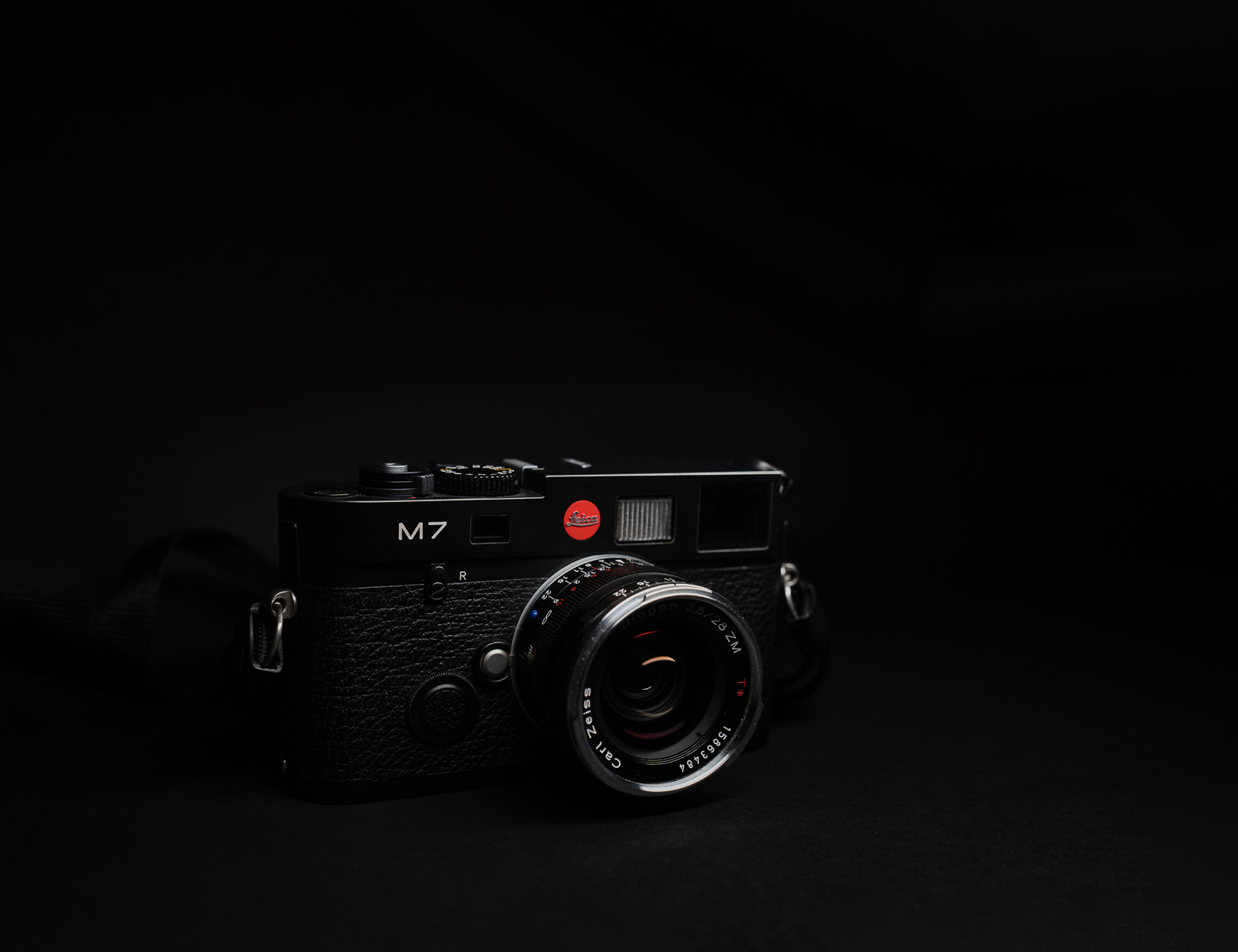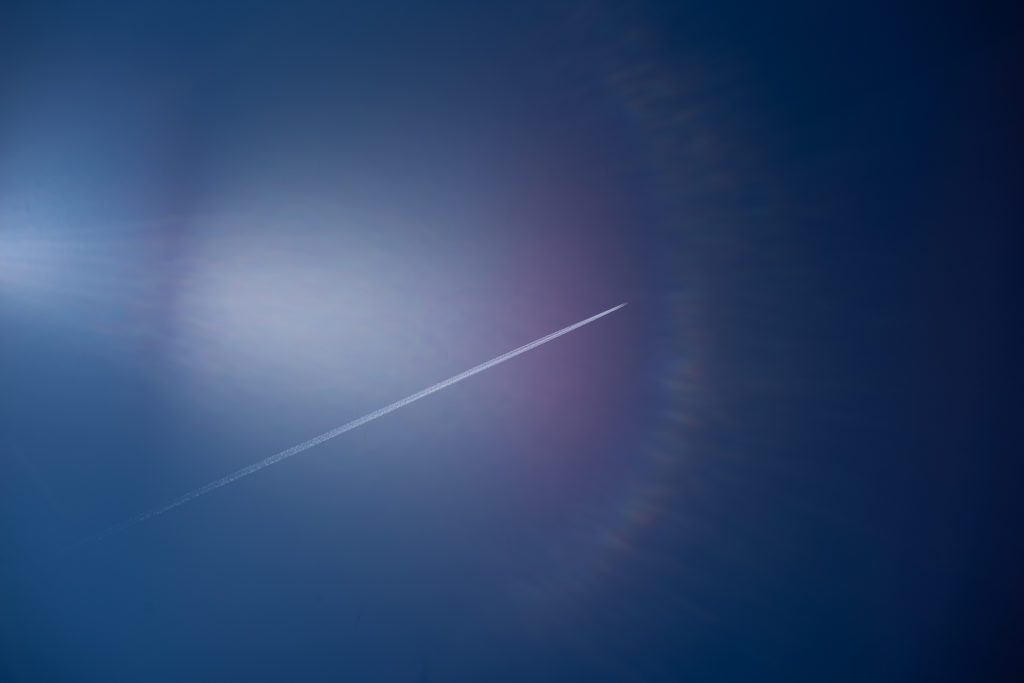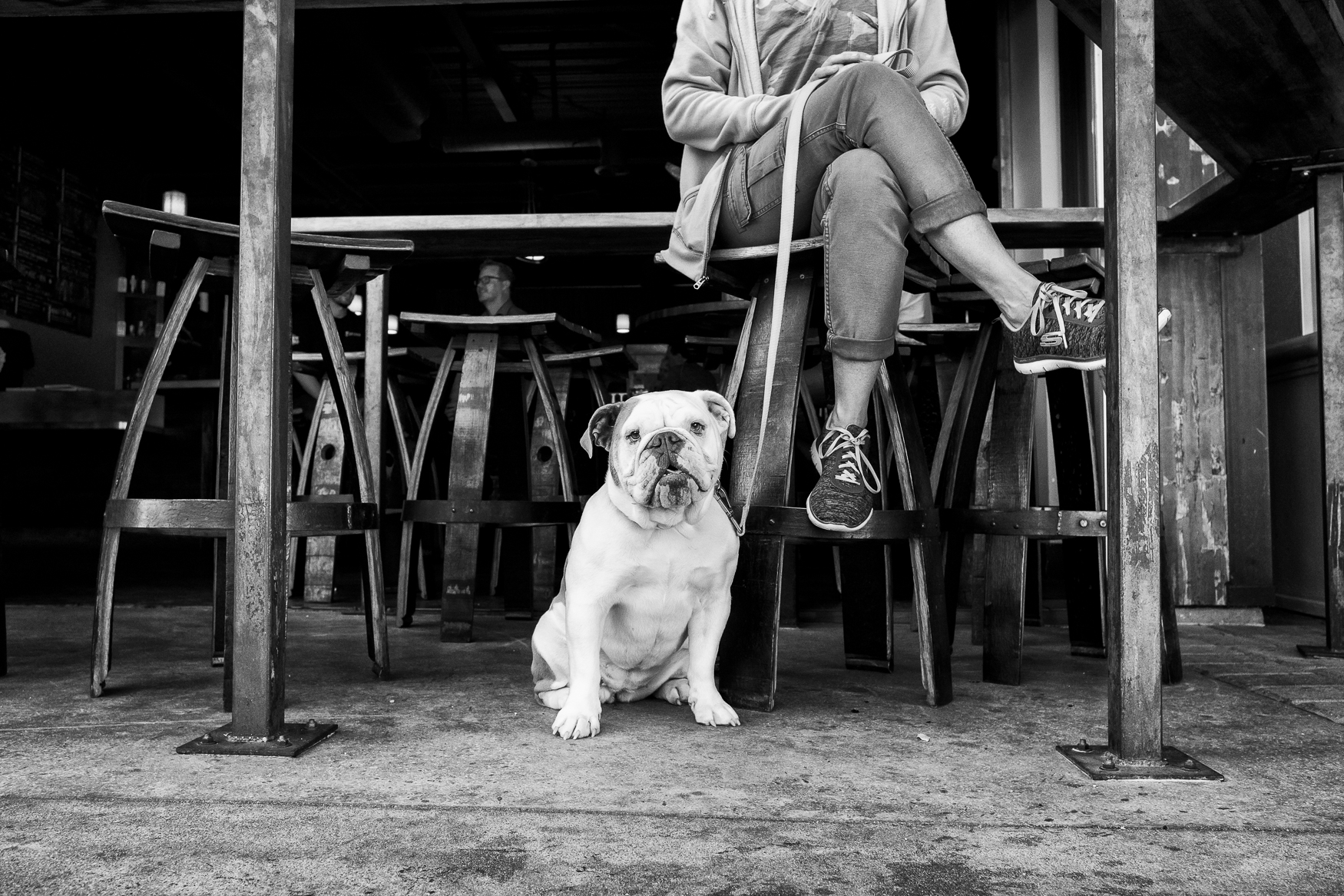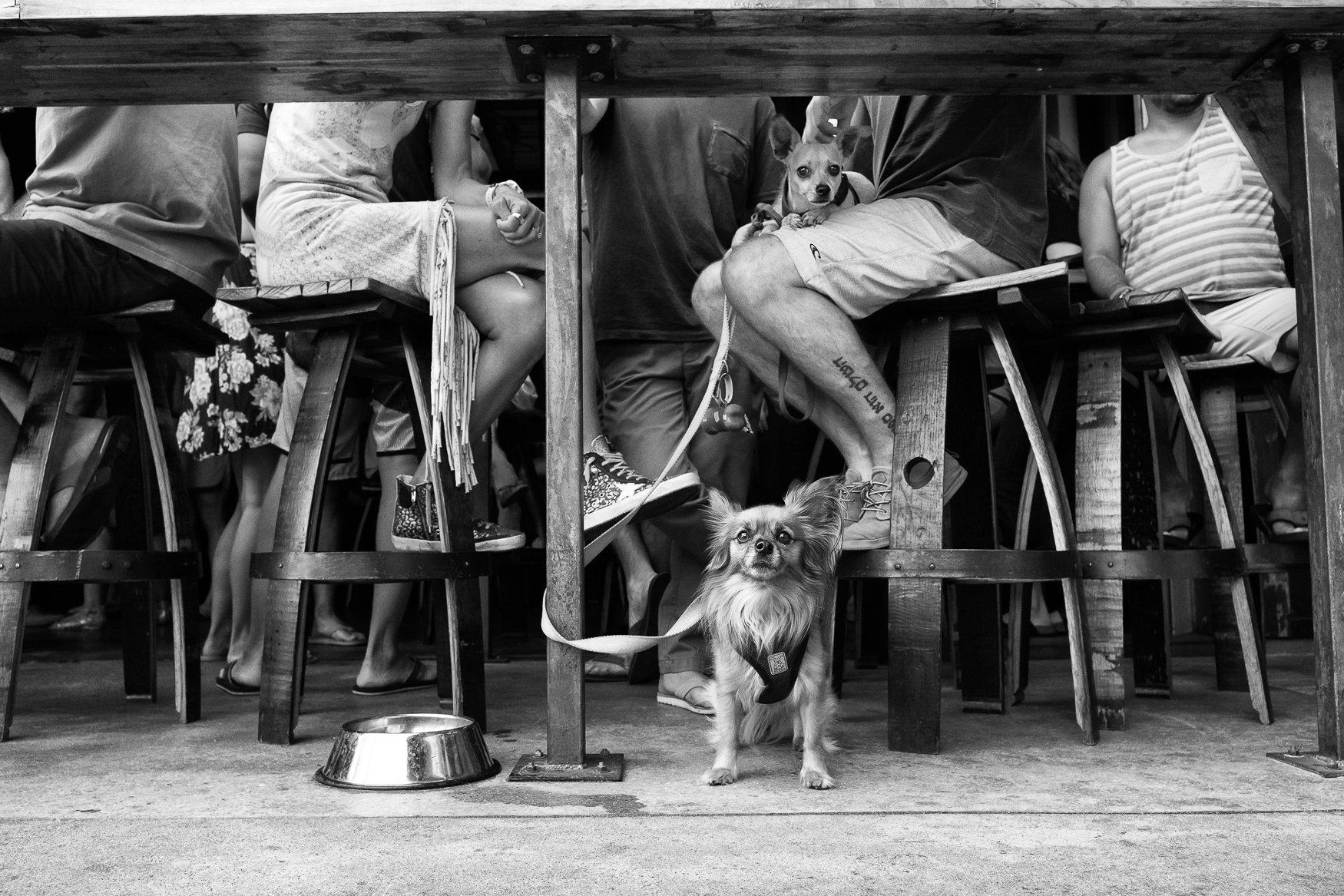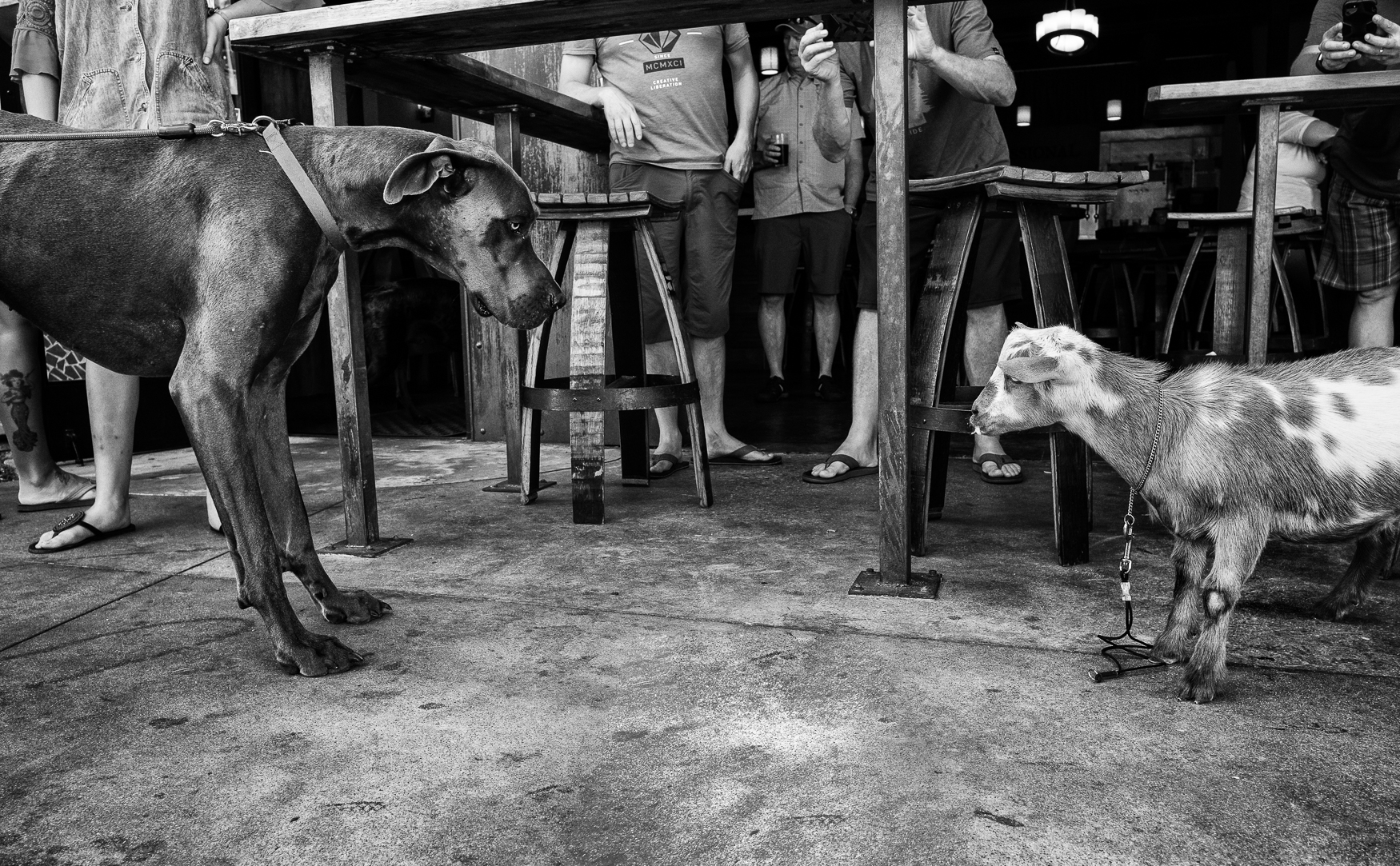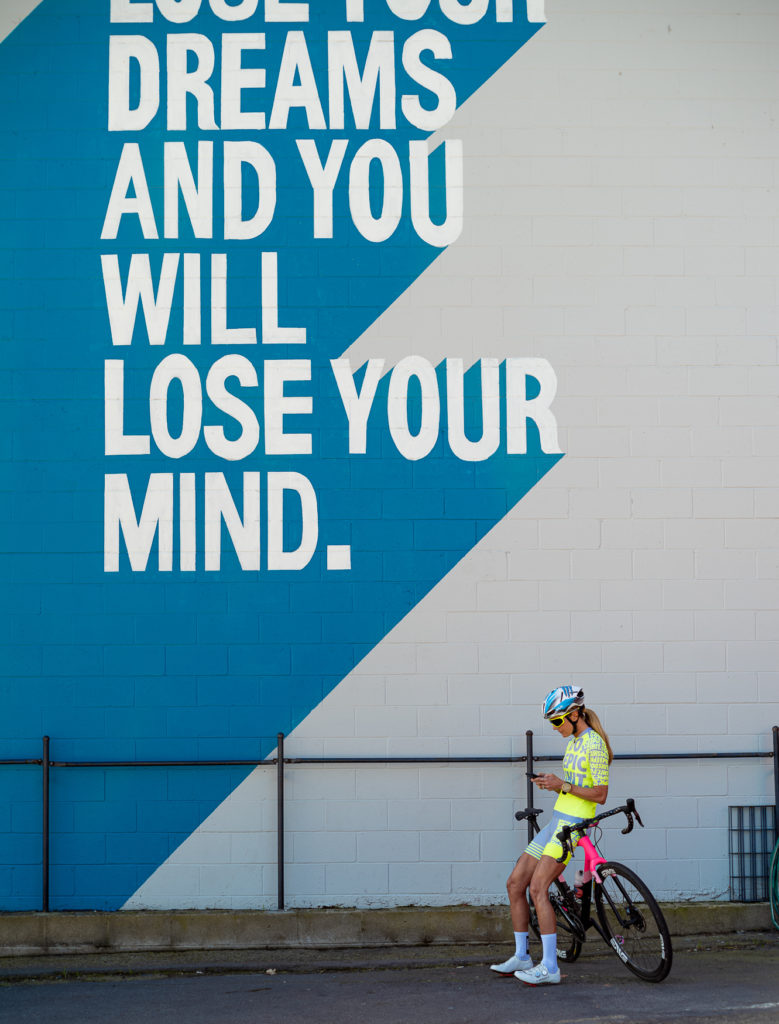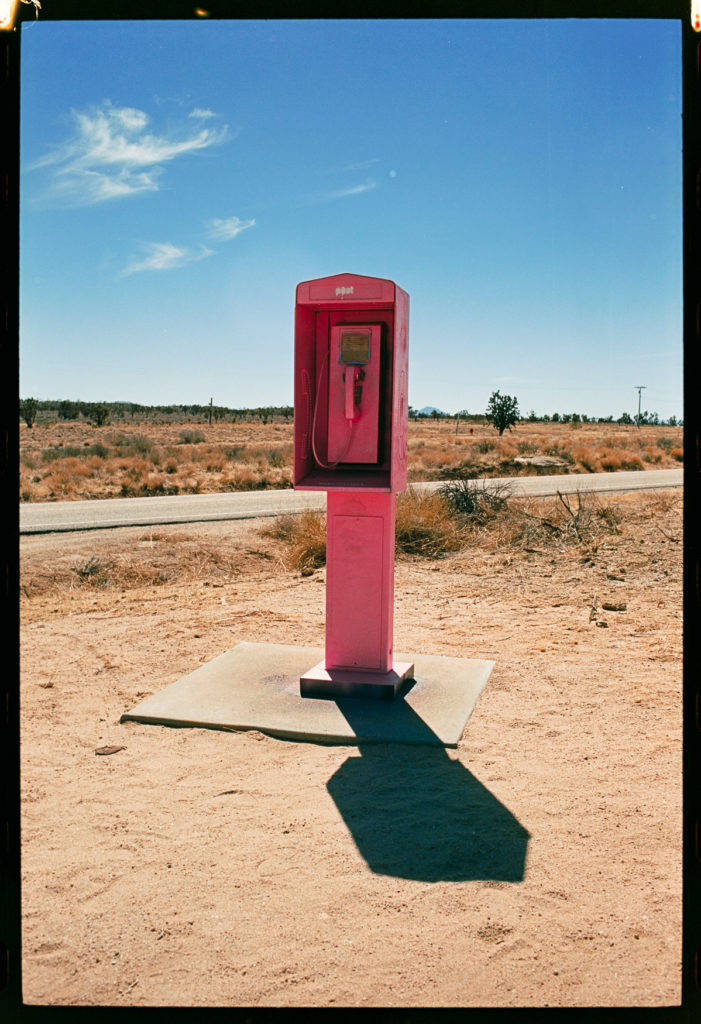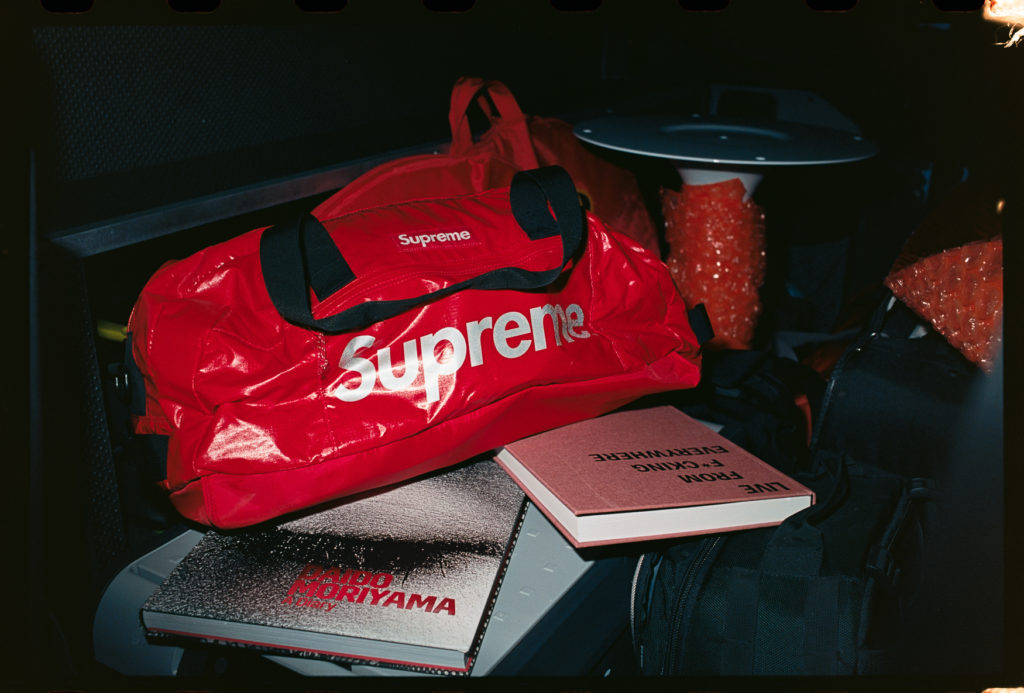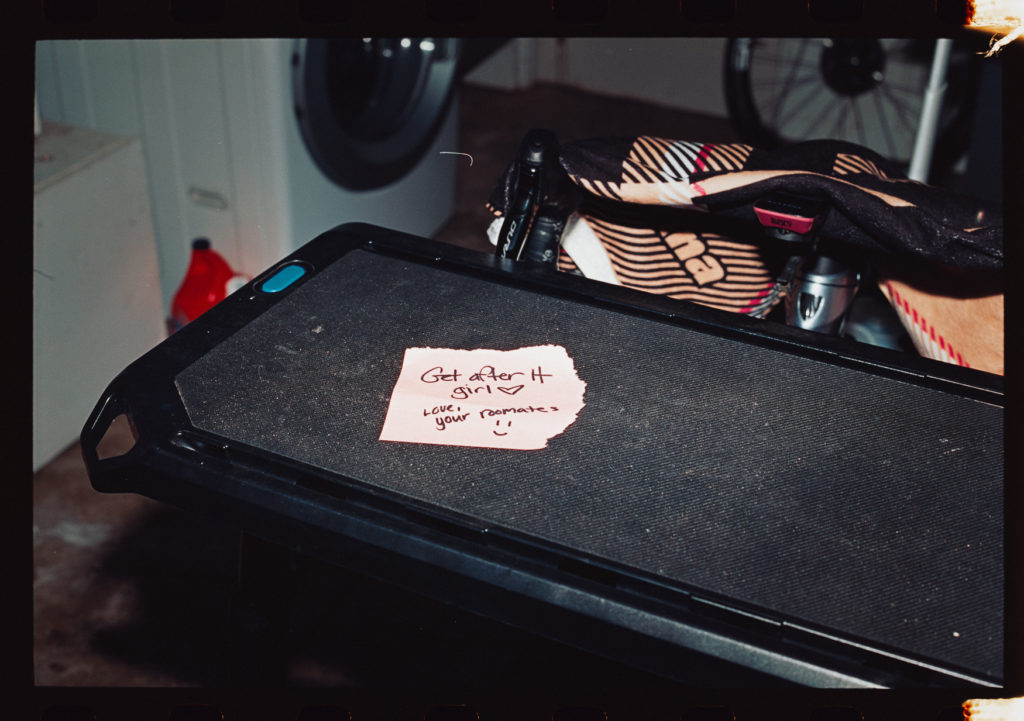If you found this page through Google and you are new to this website, you may feel shortchanged when I tell you that I told my Instagram followers to skip the review because it can be summarized in one sentence by saying damn nubbin, predictably perfect, Zeiss wobble, hood sold separately (annoying), NEXT!
If, however, you read my reviews of the Zeiss ZM Planar 50mm f/2, ZEISS ZM Biogon 35mm f/2.8, and the Zeiss ZM Biogon 25mm f/2.8 lenses, you will at least understand what I am saying when I say dam nubbin, predictably perfect, hood sold separately (annoying), Zeiss wobble, NEXT!
It is very possible that nothing else needs to get written here and I should end this review by saying damn nubbin, predictably perfect, hood sold separately (annoying), Zeiss wobble, NEXT! but just in case you want more, or you haven’t read about my experience with Zeiss ZM lenses, here you go….
History
In 2004 Carl Zeiss introduced the Zeiss Ikon ZM rangefinder camera and a range of lenses. Most of the ZM line is made in Japan by Cosina to Zeiss standards but are distributed by Zeiss (1). As of 2021, these lenses are still manufactured and can be purchased new.
As of 2021, there is only one named version of each of the lenses. But (and you need to click the next link – not optional) there appears to have been some internal updates over the years. The lenses with newer serial numbers, internally, are reported to be not quite the same as older lenses. Neither I nor anyone else I am aware of can or is willing to enumerate those changes and/or which serial numbers contain which versions. Importantly, this is one of the Zeiss lenses that is reported to suffer from Zeiss wobble. My recommendation is to buy one new rather than used.
On garden gnomes and parked cars:
This lens works, looks, and feels almost like every other lens in the Zeiss ZM line so if you find yourself bitching and moaning about one lens you probably need to be bitching and moaning about all of them. Conversely, if you love one, you are likely to love them all. Kudos to Zeiss for creating a user experience that is consistent but when Zeiss was designing the ZM lenses they didn’t give any thought to the lens reviewer who tries to find something interesting and new to say about every lens they review. If you hear someone picking and choosing one Zeiss lens over the other (the Sonnar is an exception) you can assume that they are suffering from the narcissism of small photographic differences.
Given that this is a 28mm lens and I didn’t own the Zeiss branded bayonet mount lens until very recently, I stumbled upon one quirk related to this focal length that you would be wise to avoid. These lenses were designed to work with their branded bayonet mount lens hoods. The branded hoods allow you to stack filters, like a UV filter, under the hood. I tried to screw some cheap, wide-angle, hood I found on Amazon into the end of the lens but it vignetted pretty bad. The added depth of the UV filter increased the distance of the hood to the lens causing unacceptable vignetting. Don’t be cheap. Get the hood. It is stupidly expensive for a piece of metal but if your glass is half full you can convince yourself that the price is right because 1) it is metal and not plastic and 2) it can do double duty as it is the same hood for the Zeiss ZM 25mm Biogon f/2.8 if you happen to have that lens. If your glass is half empty, I don’t know what to tell you. You will look down at your expensive piece of metal, think “really?”, and wallow in a fit of depression and despair while you second guess how you got yourself involved in this manual focus rangefinder lens business anyway.
While we are on the topic of filters, the ZM 28mm Biogon f/2.8 has a 46mm filter thread so it is compatible with the modern Leica lenses. This is a good thing if you are looking to mix Zeiss and modern Leica and intend to simplify your life by having ony one set of filters.
I owned my copy for about 3 years. I only rarely use the 28mm focal length and don’t put too much wear and tear on the lens so take the following with a grain of salt – my copy does not suffer from the debilitating aging ailment known as Zeiss Wobble. You do, however, need to educate yourself about Zeiss wobble if you are looking at purchasing this lens. Just in case you missed it previously, my recommendation is to skip the Leica Classifieds and buy one new at your favorite store.
One legitimate gripe I have with this lens is that it pokes into the corner of the rangefinder. In other focal lengths, this isn’t a huge deal for me. At 28mm it hampers framing the subject. There were a few cases where I even wanted an external finder. In most cases, however, I could easily work around this limitation. You need to be aware, however, that this lens isn’t the smallest lens on the block. For a 2.8 lens, I could have dealt with something a tiny bit smaller.
Flare There?
This differs from the rest of the Zeiss ZM lenses I tested. It flares easily if the sun is at an oblique angle to the front elements. That is likely because the front element is bulbous while the front element of the others is flat. In my experience, if you want to shoot the sun at an oblique angle, you are going need to put on your big boy pants and pony up to get the bayonet mount hood. When shot straight into the sun and/or at less oblique angles, this lens is a flare slaying goddess which is par for the course for Zeiss ZM lenses.
Does it have SOUL?
No. But this is not surprising. With the exception of the Sonnar lenses in the ZM line, in my opinion, you don’t generally go with Zeiss if you are looking for SOUL
SOUL or no SOUL, my ownership of this lens predates this website by years. During that time, this lens taught me a few things.
I got this lens when I was doing my Lost Dogs Book. I needed a lens that would allow me to shoot wider because I was shooting dogs and their owners’ feet on the ground in front of a bar but there was a concrete bench right behind me so I could not back up any farther. This lens taught me that anyone who says “zoom with your feet” or “I can use one focal length and just back up or move forward” is a jackass. Sometimes you need a wider lens because there is a concrete bench behind you and you only have one angle you can use to frame your subject given the limitation of the 0.7m focusing of a rangefinder. This lens close focuses to 0.5m but with dogs moving I was brave enough to try to estimate a close focusing shot. Honestly, I find the 0.5m close focusing more a limitation than anything else when shot on a Leica.
This was also the lens that taught me that 28mm isn’t all that much wider than 35mm. I was able to shoot a bit wider but it wasn’t enough. I missed some shots because the dog was just too close and the concrete bench never moved. I encourage you that if you have a 35 mm lens and you are looking for something wider, suck it up, get an external finder, and go all the way to the 24/25mm focal length.
This was also the lens that taught me that matching lenses can be difficult if you are working on a book and trying to create a consistent look and feel. My goal was to pair this lens with the 35mm Summicron ASPH which was the only other lens I had at the time. The problem is that the 35mm Summicron ASPH has a bit of soul and creaminess. Your initial reaction might be “well that is a 35mm and this is a 28mm and that is because of the difference in focal length!” to which I would reply “Stop being combative. I had this Leica Q once and those images were damn creamy so, no, you are wrong, and this is not up for discussion, the Zeiss 28mm Biogon 2.8 just doesn’t have the SOUL.”
In my book, you and I and anyone else without macular degeneration can tell in an instant which images were shot with which lens. You don’t need superpowers. You don’t need to buy into the legend of the Leica look. You don’t even need to be able to see 3D pop (whatever that is). Even if you had glaucoma you could tell. The images from this lens are perfect and sharp. Full stop. If you are looking for SOUL and cream, this isn’t the lens for you. It is modern, modern, modern, modern, and, you guessed it, modern. Modern, however, is not a swear word because if you are buying this lens that is exactly what you want (2). Don’t let your fear of modern or clinical get in the way of greatness. At some point, you may come to the realization that flat, low contrast, glowy images aren’t all that cool all the time anyway. In fact, if you are shooting film (especially black and white) you can just shoot a low contrast film and if you are shooting digital there is a slider for that. With that, I fear I am starting to say the quiet parts out loud so it is probably time to move on.
So did I keep it?
As I have said many times before, I am not a lens collector. This lens, however, was one of the first once I got and I shot a good chunk of a book with it so there is some sentimental value. It also has done everything I have asked without fanfare. Truth be told, if I wasn’t several years into this LLFNP project a good argument can be made to quit here while I am ahead. Nonetheless, it is a little larger than I would like, I know there are smaller lenses out there, I hate the nubbing, and I am going to finish what I started and reach my stated goal of sorting out just how much BS you actually find in the forums when people recommend lenses so I am going to keep going. To find out which lenses I kept, which I sold, and which lenses I recommend to my friends and family, please visit the Leica Lenses for Normal People: The Recommended List.
NOTES:
- As I always state at the beginning of these Zeiss reviews, I have no idea why it is important where a a lens is made but I repeat this becasue everyone else on the internet seems to think it is important as if Japanese peple cannot make lenses like Germans and photo reviews should insert themselves in some bogus cultural war but I digress.
- Before I leave this discussion and send you on your way, you should also know that nobody looking the final book cared or even noticed which lenses were sharper, which were creamier,and nobody talked about SOUL. None of my collaborators who helped me pick the final images noticed. None of the people who bought prints cared or noticed. This was the lens that also taught me that minor differences in rendering don’t matter as much as us hobbyists would hope they would in the real world. This depressed me about 3 minutes but I got over it.

